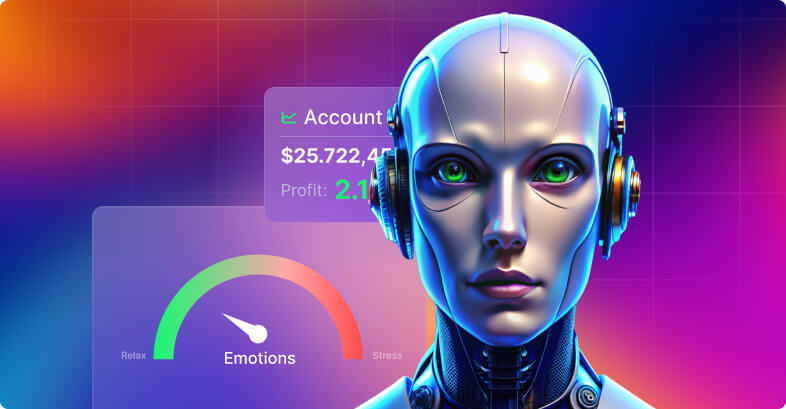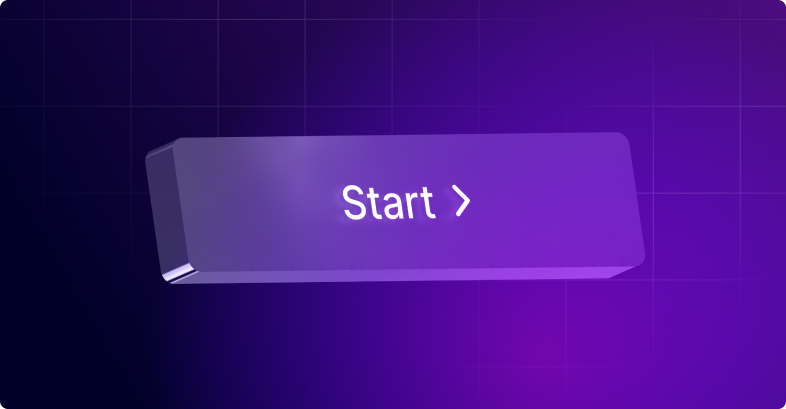Beginner's Guide to Automated Trading: Platforms and Strategies Explained


Automated trading, also known as algorithmic trading or algo trading, is where computer algorithms execute trades based on a set of predefined rules and market data. This technology-driven approach has transformed trading by enhancing speed, and accuracy, and removing emotional biases—one of the biggest challenges for traders seeking to automate their strategies. While the concept might seem complex, especially to beginners, its advantages—like efficiency and precision—make it an extremely appealing option for those looking to step up their game.
This article is designed for those new to algorithmic trading, whether you’re a rookie or someone with a bit of trading experience. It will address essential questions such as: How does automated trading work? What do you need to get started? And how can beginners effectively enter this world? By the end, you’ll have a solid roadmap and foundations to begin your journey into this field and start developing your own algorithmic trading strategies.
Automated trading is a method where trades in financial markets are executed automatically by computer programs based on a set of predefined rules that are built based on historical data. Unlike manual trading, where a trader must constantly monitor the markets and make decisions in real-time while looking at a candlestick chart, automated trading leverages technology to execute trades at optimal moments without human intervention. This is achieved through trading algorithms, which are simply a set of instructions programmed into a trading system to manage trading positions.
At the core of automated trading are these algorithms, which can be designed to follow specific trading strategies. These strategies could range from simple rules, like buying a stock when its price drops below a certain level, to more complex systems that analyze multiple factors like market trends, economic indicators, and other historical data. The automation of these strategies means that trades are executed automatically and consistently, eliminating the emotional biases that often affect other performance of manual traders.
Trading software and platforms play a critical role in this process, as they provide the necessary tools for developing, testing, and deploying these automated systems. A trading platform typically includes features for backtesting strategies with historical data, monitoring live market conditions, and adjusting parameters as needed. This kind of automation is especially popular in day trading, where quick decisions and rapid execution are highly important.
For beginners, automated trading systems offer a way to engage in the markets without the need for constant monitoring. By using a well-designed automated trading program, even newbies can execute complex trading strategies with the same precision as experienced professionals. These systems handle everything from order placement to execution, allowing the trader to focus on refining their strategy rather than the mechanics of trading.

For those new to trading, automatic trading offers a range of significant benefits that can make the journey into financial markets way smoother and more manageable. By relying on automation trading, beginners can mitigate many of the common challenges faced in manual trading, especially decision-making derived from strong emotions, such as greed or fear, and the complexities of managing multiple markets simultaneously. Some of the key advantages that make automated trading particularly appealing for beginners are:
With these set of advantages, automated trading provides beginners with a powerful tool to enhance their overall trading experience and performance, reduce risks, and improve their chances of success in volatile and continuously evolving financial markets.
Making sure you’re ready to start your journey into automated trading requires a few essential tools and decisions. Whether you’re focusing on autotrading, swing trading, or high-frequency trades, setting up the right infrastructure and choosing the appropriate platforms are crucial for success. Let’s cover the software, hardware, and the best automated trading platforms for a beginner while developing a comprehensive roadmap to kickstart your journey.
When it comes to choosing an automated trading platform, there are several options available, each with its own set of features, advantages, and disadvantages. Here’s a look at some of the top automated trading platforms, particularly suited for those who are just starting out:
Ensuring that your selected platform is the one that aligns with your trading goals is key to building a solid foundation for a successful journey in automated trading. Each platform offers unique features, so it’s important to pick the one that best suits your trading style and level of experience.
Getting started with automated trading can be exciting, especially when you explore some automated trading platforms like eToro and MetaTrader and have already selected the one that suits you best. You may now start to dive deeper into some of the simpler automated trading strategies that are both easy to implement and understand. These strategies below allow you to automate your trading process and take advantage of various trading opportunities without needing to constantly monitor the markets.
Even though automated trading provides powerful solutions for traders, it carries inherent risks that need careful management. Technical issues, such as software or technical difficulties, can disrupt the trading process, leading to unintended outcomes. Errors in the algorithms, whether from incorrect trading rules or unexpected market conditions, can cause trades to deviate from the intended strategy. There is also the presence of market anomalies that might challenge even well-designed and robust strategies, leading to unpredictable results.
To minimize these risks, it’s essential to backtest your strategies thoroughly on an algorithmic trading platform using historical data. This helps identify potential flaws and refine your approach before live trading. Start with a small capital investment to test your strategies in real market conditions with minimal risk. Using automated trading features like stop-loss orders can protect your capital by automatically exiting trades that exceed a loss threshold. Diversifying your strategies across different markets can also spread risk, ensuring that a single point of failure doesn’t impact your overall trading outcomes.
Testing, particularly backtesting, is crucial in creating reliable automated trading strategies. By simulating trades using historical data on an algorithmic trading platform, you can assess how your strategy performs under various market conditions. This process helps refine your trading rules and ensures that your strategy is robust enough for live trading.
To backtest effectively, select historical data that reflects different market scenarios, and set clear parameters for your strategy. Analyze the results, focusing on key metrics like return on investment and drawdown, and refine your strategy as needed. This iterative process is essential for achieving the best execution in live trading environments, reducing the risks, and maximizing the benefits of using an automated trading system.

Starting with automated trading can seem overwhelming, but breaking it down into manageable steps can make the process smoother and more accessible. Here’s a basic action plan for beginners:
Starting strong in automated trading means focusing on continuous learning and diligent risk management. Diversify your strategies to mitigate risks and regularly monitor and optimize your algorithms to adapt to changing conditions. Remember, successful trading requires patience, discipline, and a willingness to evolve your approach as you gain experience.
Automated trading continues to revolutionize the financial landscape and it has become a powerful tool that is consistently changing the way the majority chunk of trading is conducted today. By taking the emotion out of your trading and using computerized systems to execute strategies, you can tap into the potential that automated trading offers. This journey, however, requires a cautious and educated approach. Success in automated trading comes from choosing the right platform, one that is reliable and secure, and from understanding that every trader has different strategies and preferences.
As you automate your strategies and explore different trading solutions, remember that ongoing learning and adaptation are key. The market conditions are constantly changing, and your ability to refine your approach will be crucial to your long-term success. By combining the power of auto trading platforms with a disciplined, informed mindset, you can unlock the full potential of what trading might achieve in this dynamic and ever-evolving landscape.
If you’re curious about how prop trading firms can support your journey toward becoming a successful trader, be sure to check out Nikita Mazikov’s article on how prop firms make money. It delves into the intricacies behind these firms’ ability to generate profits and how they contribute to the overall financial markets, offering benefits to both the markets and traders.